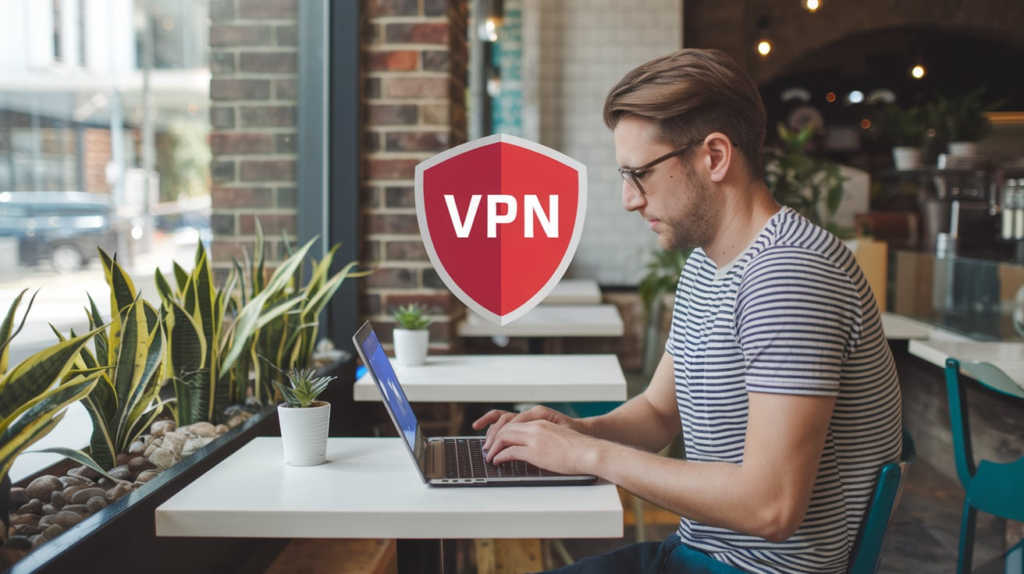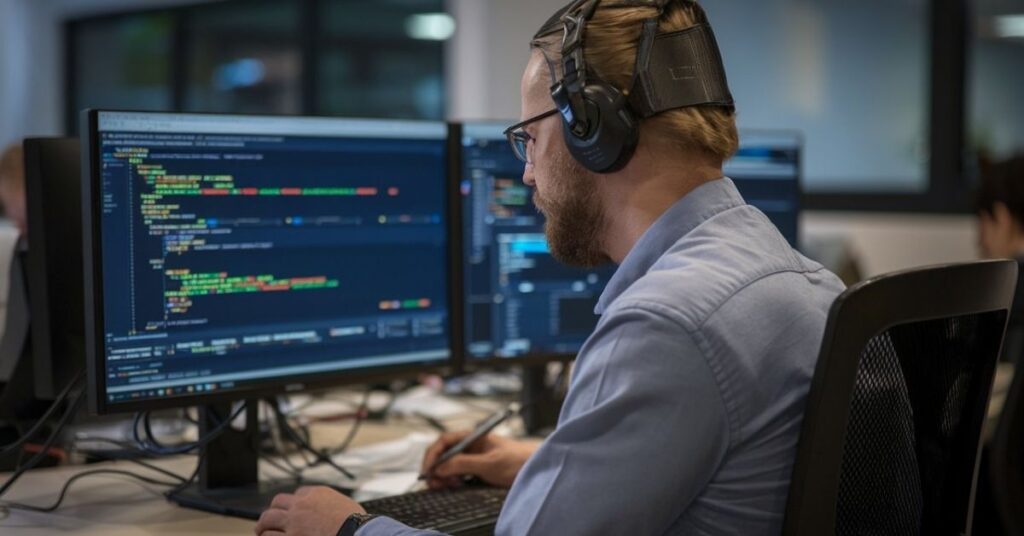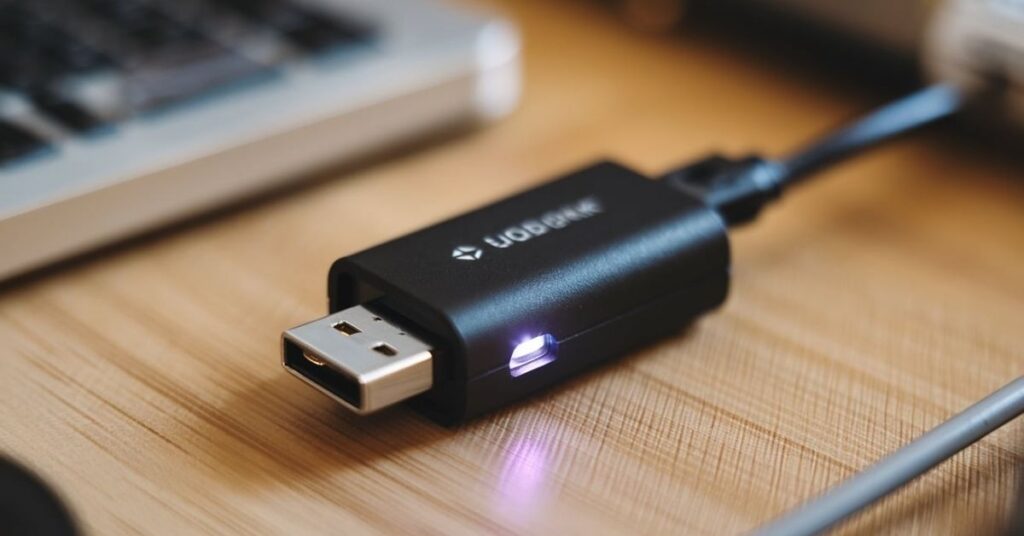With identity theft becoming more common, protecting your personal information has never been more important. From social media to online banking, we constantly share personal details, putting us at greater risk of having our personal data exposed. Cybercriminals use increasingly sophisticated methods to steal information, making it crucial to take proactive steps in safeguarding your privacy.
A data breach can lead to serious consequences like financial loss, a damaged credit score, and a tarnished reputation. While there are many ways to protect your information, focusing on one key action can make a significant impact in keeping your personal information safe from falling into the wrong hands.
One Key Step to Protect Your Information: Create Strong Passwords
A simple but important way to protect your information is by creating strong passwords. Weak passwords are easy for hackers to guess, which puts your personal data at risk. By using passwords that are long, include a mix of letters, numbers, and symbols, and are unique for each account, you make it much harder for criminals to gain access to your sensitive information. This one step can greatly improve your online security and keep your data safe.
Additional Protective Methods to Consider
Limit Social Media Sharing
We all love sharing moments from our lives on Facebook, Instagram, and Twitter, but oversharing can leave you exposed. Posting too many personal details—like your birthdate, hometown, or location—gives others access to valuable information that can be used for identity theft or fraud. It’s important to think twice before posting, and be mindful of who can see your updates. Consider making your accounts private or restricting access to trusted friends only.
Adjust Privacy Settings and Enable Two-Factor Authentication
Take a few minutes to adjust your privacy settings. This can help ensure that only the people you trust have access to your personal data. Also, don’t forget to activate two-factor authentication (2FA) on your accounts—it adds a second layer of protection. Even if someone gets hold of your password, they’ll still need that second verification to get into your accounts. This small step can make a big difference in safeguarding your personal details.
Use Antivirus and Anti-Malware Software
To keep your personal computer safe from harmful cyber threats, it’s important to use antivirus and anti-malware software. These tools help detect and block malicious programs designed to steal your information or damage your system. Choose software that’s reliable and well-reviewed to ensure comprehensive protection.
Make sure to keep your software up to date. Enabling automatic updates ensures that your computer is always guarded against the latest threats. Additionally, set your programs to run regular scans so any potential dangers can be caught early. Stay alert to any warnings your software gives you and take action quickly.
By incorporating antivirus software into your overall security plan — along with using a firewall, updating your operating system and apps, and practicing safe browsing — you create a stronger defense to protect your personal information from digital dangers.
Secure Your Personal and Financial Documents
To protect your sensitive documents like bank statements, tax forms, and social security details, it’s important to store them in a safe place. You can use locked folders on your computer or store physical copies in a fireproof safe. This helps ensure that only you or trusted individuals have access to your important information.
When disposing of paper documents, always shred them instead of just throwing them away. This simple action prevents others from accessing your personal information, reducing the risk of identity theft and keeping your privacy intact.
Taking these steps seriously helps maintain your financial security and ensures your sensitive documents are protected from being misused.
Avoid Unsecured Wi-Fi for Confidential Tasks
Using public Wi-Fi for sensitive activities, such as online banking or shopping with your credit card, can be risky. Most of these networks lack proper security measures, meaning your activity could be accessed by others on the same network. Without encryption, your personal data is vulnerable to hackers who could steal or manipulate it.
These unsecured networks can also allow eavesdropping or even man-in-the-middle attacks, where attackers intercept your data. Fake Wi-Fi hotspots are another danger, potentially leading to the theft of your personal information. Plus, these networks might distribute malware, putting both your device and data at risk.
To stay safe, avoid using unsecured Wi-Fi for confidential tasks. If you need to access public Wi-Fi, consider using a VPN, which helps encrypt your data and provides a secure connection, protecting you from various digital threats.
Monitor Credit and Bank Accounts Regularly
Keeping an eye on your credit reports and reviewing your bank statements regularly is an important habit for protecting your financial security. This practice helps you spot unauthorized activities or discrepancies early, such as identity theft or fraudulent transactions. The sooner you notice something suspicious, the quicker you can take action to report and resolve the issue, helping protect your finances from further damage.
Being alert to phishing scams is also crucial. These scams may look like real emails from your bank or a utility company, but certain signs, such as spelling errors or an unfamiliar email address, can hint that the message is actually spam. By monitoring your accounts and staying cautious about fraudulent emails, you can take steps to protect your financial information before any harm is done.
Beware of Phishing Scams
Phishing scams are attempts by criminals to steal your personal information, like your login credentials, Social Security number, or credit card details. These scams can appear in emails or phone calls that seem official but are actually trying to trick you into giving away your sensitive information.
To protect yourself, always be cautious of suspicious emails or unexpected calls asking for sensitive information. If something feels wrong or sounds too good to be true, trust your instincts and don’t share anything.
Also, avoid clicking on any links in emails that seem strange. These links might take you to malicious websites designed to steal your data. Before clicking, check if the link leads to the official website’s domain. If you’re unsure, it’s safer not to click.
Finally, never respond to requests for financial transactions or personal information from unknown or unverified sources. Legitimate institutions, like banks, will never ask you to share sensitive details or make immediate transactions. Always verify before you act.
Additional Protection Tips: How to Stay Safe Online
Make Sure the Site is Secure
When you’re browsing the web or making an online purchase, it’s really important to ensure the site is secure before you enter any personal information, like your credit card details. Look closely at the website’s address in the browser. If it starts with “https://” instead of just “http://”, it means the site is using encryption to protect your data. You should also see a small padlock icon next to the website’s URL. This shows the site is safe and your information will be securely transmitted.
Before entering any sensitive information, always double-check that these indicators are there. Avoid entering your data on sites that don’t show these signs of security. By taking this extra moment to confirm the website’s safety, you reduce the risk of hackers accessing your personal information.
Why Following These Tips Keeps You Safe:
By following these simple steps, you make it much harder for cybercriminals to steal your data. A secure website is your first line of defense when shopping online or managing your accounts. Just a quick check can help ensure that your personal information stays private and protected.
Watch Out for Links and Attachments: Stay Safe from Cyber Threats
When you’re browsing the internet or checking your emails, it’s crucial to be cautious about clicking on links or downloading attachments, especially if they come from unknown sources. Sometimes, hackers disguise harmful links or attachments as something you might find interesting or important. These could lead to fake websites or download dangerous software onto your device, like viruses or malware.
Here’s What to Look Out For:
- Suspicious Links: If you receive an email or message with a link that looks strange or doesn’t match the official website’s address, don’t click on it. Sometimes, attackers use slightly altered URLs to trick you into visiting fake sites. For example, they might change one letter in a trusted website’s name.
- Unexpected Attachments: Be careful with attachments, especially from unknown senders. Even if the email looks official, attachments can contain harmful files. Always check that the sender is someone you trust before opening anything, and if you’re unsure, don’t open the attachment.
Why This Matters:
Clicking on suspicious links or opening unknown attachments can give hackers access to your personal information, steal your passwords, or infect your computer with malware. To stay safe, always be extra careful and verify that the source is legitimate before interacting with any links or attachments. This small precaution can save you from a lot of trouble!
Take Precautions with Public Wi-Fi: Stay Safe on Unsecured Networks
Public Wi-Fi is convenient, but it can also be risky for your personal information. Whether you’re at a coffee shop, airport, or hotel, public Wi-Fi networks are often not secure, which means hackers can easily access the data you send and receive.
Here’s Why It’s Risky:
- Unencrypted Networks: Public Wi-Fi usually lacks encryption, which means your data, like passwords, bank details, or emails, can be easily intercepted by anyone on the same network.
- Man-in-the-Middle Attacks: In these attacks, a hacker can secretly intercept and alter communication between your device and the Wi-Fi network. This could lead to the theft of sensitive information.
- Fake Networks: Hackers can set up fake Wi-Fi hotspots that look like legitimate ones. Once connected, they can monitor your online activity or steal personal data.
How to Protect Yourself:
- Use a VPN: A Virtual Private Network (VPN) encrypts your internet connection, even on public Wi-Fi, making it much harder for hackers to access your data. Always consider using a VPN when accessing public networks.
- Avoid Sensitive Activities: If possible, avoid doing activities that involve sensitive information, like online banking or shopping, while on public Wi-Fi. Wait until you’re on a secured, private network.
- Check the Network Name: Be cautious of connecting to networks with generic names like “Free Wi-Fi” or “CoffeeShop Guest.” Always double-check with the establishment for the correct Wi-Fi name.
Why This Matters:
Taking precautions when using public Wi-Fi helps protect your personal information from hackers. By using a VPN and avoiding sensitive transactions, you reduce the risk of your data being compromised. Public Wi-Fi can be convenient, but being cautious will ensure your safety online.
Conclusion
Keeping your personal information secure is essential in the modern age. With the growing number of online threats, taking proactive steps to protect your privacy is more important than ever. Simple actions like being cautious about what you share on social media, using strong and unique passwords, regularly monitoring your accounts, and avoiding unsecured Wi-Fi can help minimize the risks of identity theft and cyberattacks.
It’s not about relying on just one method; it’s about combining these practices to create a solid defense. By staying vigilant and implementing these strategies, you can ensure that your personal and financial data stay safe. These steps will not only protect your information but also provide peace of mind in an increasingly connected world.


